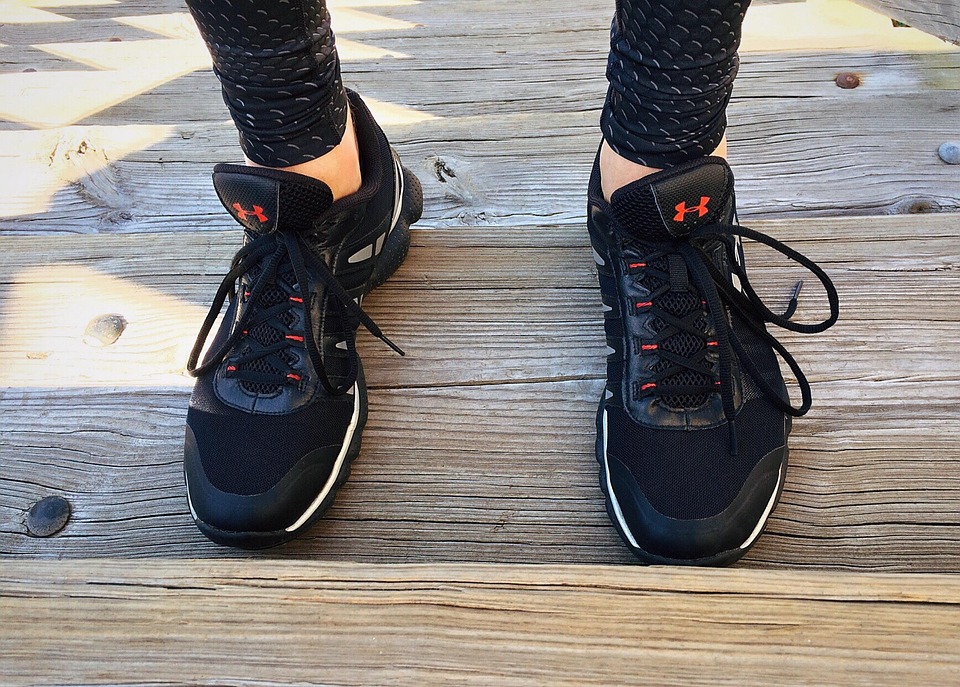
In a world where fitness trends come and go, the right gear can make all the difference in helping you achieve your goals. Whether you’re a novice looking to lose weight or a seasoned athlete striving for your best performance, having the right equipment is vital. This extensive guide will walk you through essential fitness gear across various categories, helping you choose the best items to equip yourself for success.
1. Footwear
Running Shoes
When it comes to cardio workouts like running or jogging, investing in a good pair of running shoes is crucial. Look for lightweight, breathable materials for comfort and support. Consider your foot type—overpronators may require stability shoes, whereas neutral runners might benefit from cushioned options.
Cross-training Shoes
These versatile shoes are designed for multi-purpose workouts. Whether you’re lifting weights or participating in high-intensity interval training (HIIT), a good cross-training shoe provides stability and grip.
Comfortable Socks
Don’t underestimate the importance of good socks. Moisture-wicking materials help keep your feet dry and reduce the risk of blisters.
2. Apparel
Moisture-wicking Fabrics
Performance fabric is essential for workouts, as it helps wick away sweat and keeps you comfortable. Look for items made from polyester, nylon, or merino wool, which provide breathability and durability.
Compression Gear
Compression clothing, such as leggings, shorts, and sleeves, can enhance circulation and reduce muscle fatigue. Many athletes find that wearing these garments helps improve their recovery times.
Layering Options
For outdoor activities, layering is key. Invest in a breathable base layer, an insulating mid-layer, and a weather-resistant outer layer to adapt to fluctuating conditions.
3. Strength Training Gear
Dumbbells and Kettlebells
Free weights—like dumbbells and kettlebells—are excellent for strength training. Opt for adjustable dumbbells if you’re limited on space. Kettlebells are versatile and great for functional workouts.
Resistance Bands
These are cost-effective and portable tools that add extra resistance to exercises. They’re particularly useful for rehabilitation, flexibility work, and strength training.
Weightlifting Belt
If you’re lifting heavy, a weightlifting belt can provide crucial support for your lower back, ensuring that you maintain proper form and reduce the risk of injury.
4. Cardio Equipment
Jump Rope
A simple yet effective tool, a jump rope can enhance cardiovascular fitness and agility. It’s also compact and easy to transport for home workouts or travel.
Stationary Bike
A stationary bike is a fantastic investment for low-impact cardio workouts. Look for adjustable seats and handlebars for personalized comfort.
Treadmill
A treadmill can provide the convenience of indoor running, regardless of the weather. Features like incline settings and programmable workouts can help you challenge yourself.
5. Outdoor Gear
Hydration Pack
Staying hydrated is critical during any workout, especially outdoors. A hydration pack is a hands-free solution that allows you to sip water on the go.
Sun Protection
If you plan to work out outside, don’t forget sun protection. Sunscreen, UV-protective clothing, and a good pair of sunglasses can help keep you safe from harmful rays.
Portable Phone Holder
Whether you’re following a workout video or listening to music, having a phone holder that straps to your arm keeps your device secure during your workout.
6. Recovery Gear
Foam Roller
Foam rolling is an effective way to relieve muscle tension and improve flexibility. It’s an essential tool for recovery after a workout.
Massage Gun
A massage gun can provide muscle relief and help with recovery. These devices can target sore spots, promoting blood flow and reducing muscle stiffness.
Yoga Mat
If your workouts include stretching or yoga, don’t overlook the importance of a quality yoga mat. A mat provides a stable surface and extra cushioning for your joints.
7. Nutrition Accessories
Meal Prep Containers
Planning your meals can keep you on track for a healthier lifestyle. Invest in BPA-free, microwave-safe meal prep containers that allow for easy portioning.
Water Bottle
Hydration is key to any fitness journey. A high-quality, insulated water bottle can keep your drinks cold (or hot) for hours, ensuring you stay refreshed during workouts.
Nutritional Scale
For more precise tracking of your meals, a nutritional scale can help you measure ingredients accurately. It’s essential for those on specific dietary plans.
Conclusion
Equipping yourself with the right fitness gear is not just about having the latest items; it’s about optimizing your training, enhancing your performance, and contributing to your overall wellness. Identifying your specific needs, investing in quality gear, and maintaining your equipment is crucial for achieving your fitness goals.
FAQs
Q1: What should I look for when buying shoes for running?
It’s important to consider fit, cushioning, arch support, and the type of running you’ll do (road, trail, etc.). Always try on shoes toward the end of the day when your feet may be slightly swollen for a more accurate fit.
Q2: Are there any essential pieces for home workouts?
Core essentials include dumbbells, resistance bands, a yoga mat, and a stability ball. These items offer versatility and can accommodate various workouts.
Q3: How often should I replace my workout shoes?
Most running shoes should be replaced every 300 to 500 miles, depending on factors like weight, running style, and surface. If you notice decreased cushioning or support, it’s time for a new pair.
Q4: What is the best fabric for workout clothing?
Look for synthetic fabrics like polyester and nylon, which wick moisture away. Avoid 100% cotton, as it absorbs sweat and can become heavy and uncomfortable during workouts.
Q5: Do I need to invest in recovery gear?
Recovery gear, while not strictly essential, can enhance your recovery process. Items like foam rollers or massage guns can help reduce soreness and improve flexibility, making them worth the investment for serious athletes.
Equipping yourself with the right fitness gear is one of the best investments you can make in your health journey. With the right tools and mindset, you are well on your way to achieving your fitness goals!






